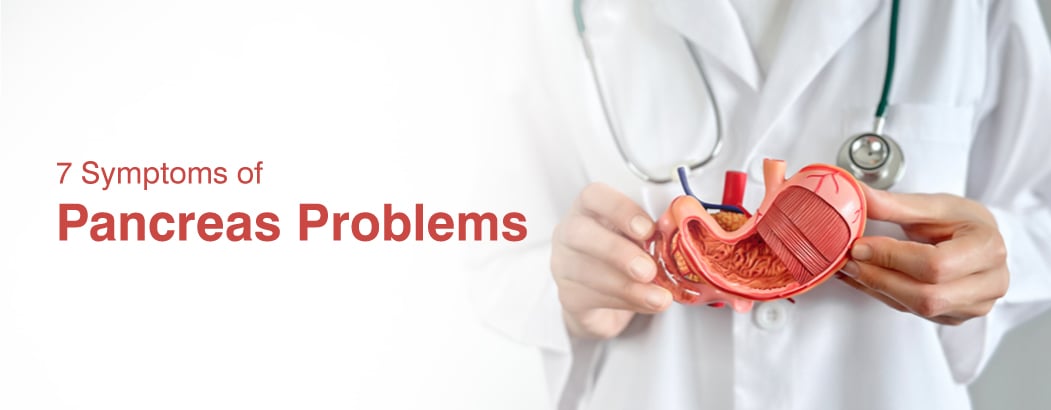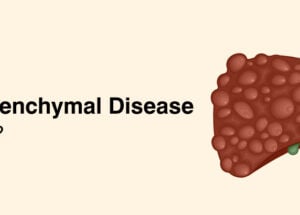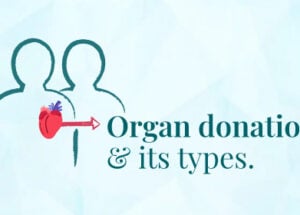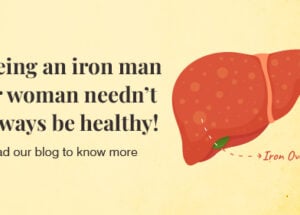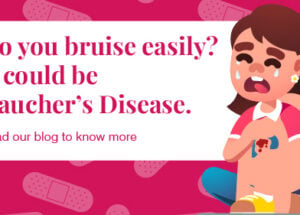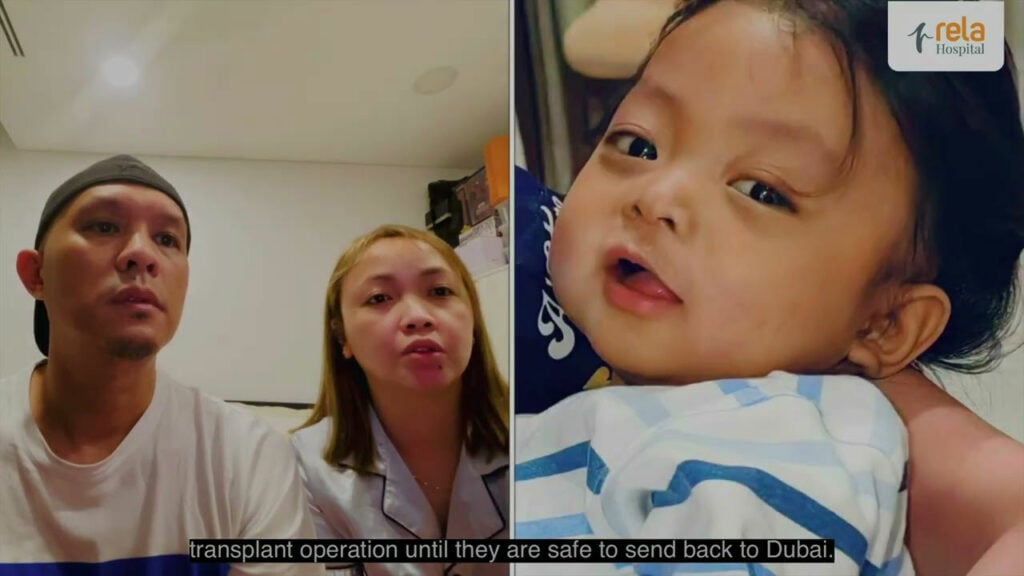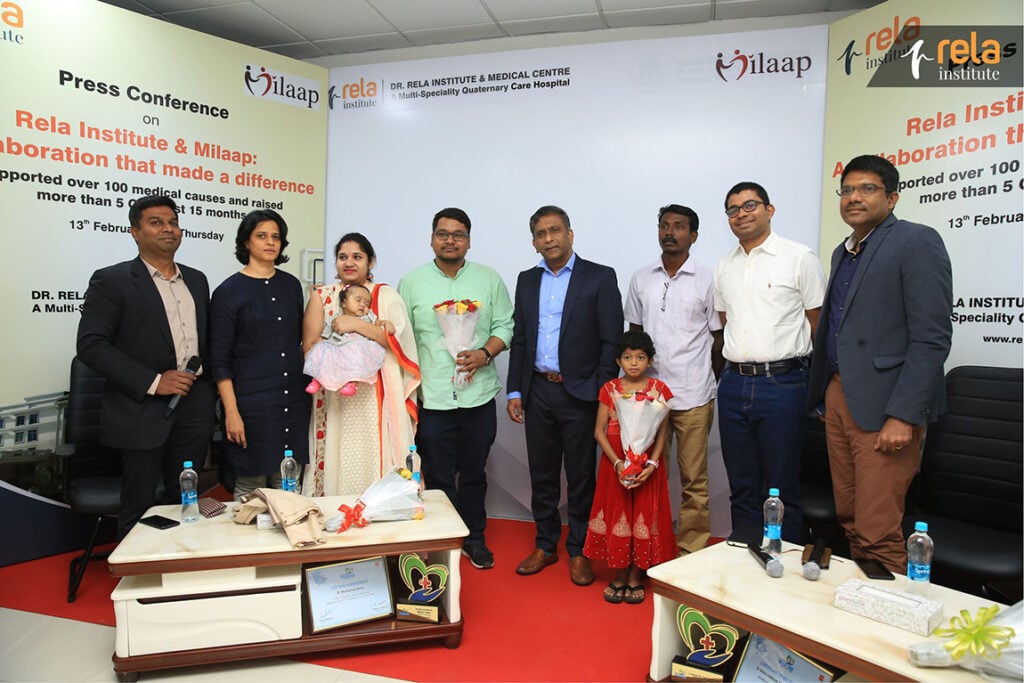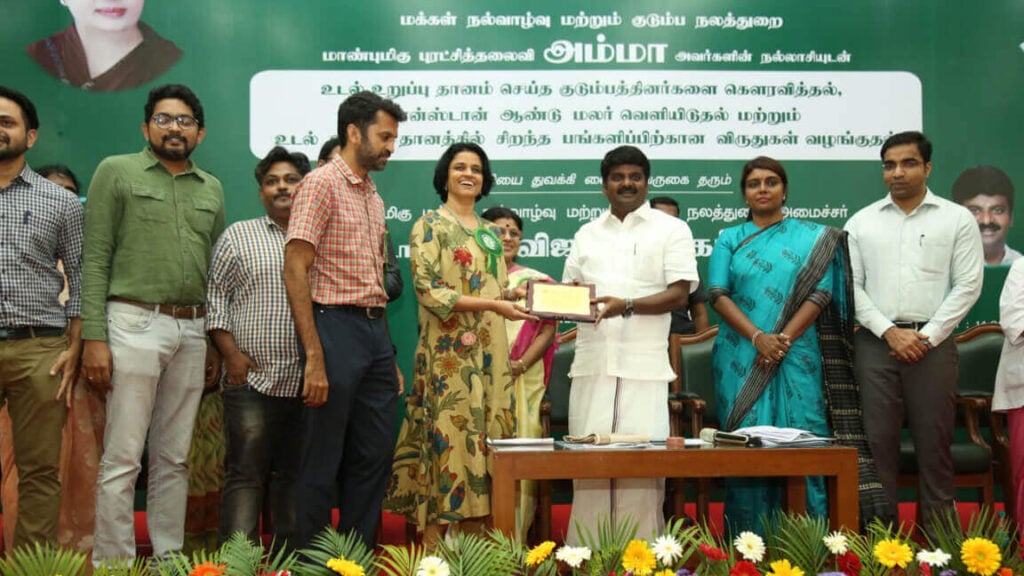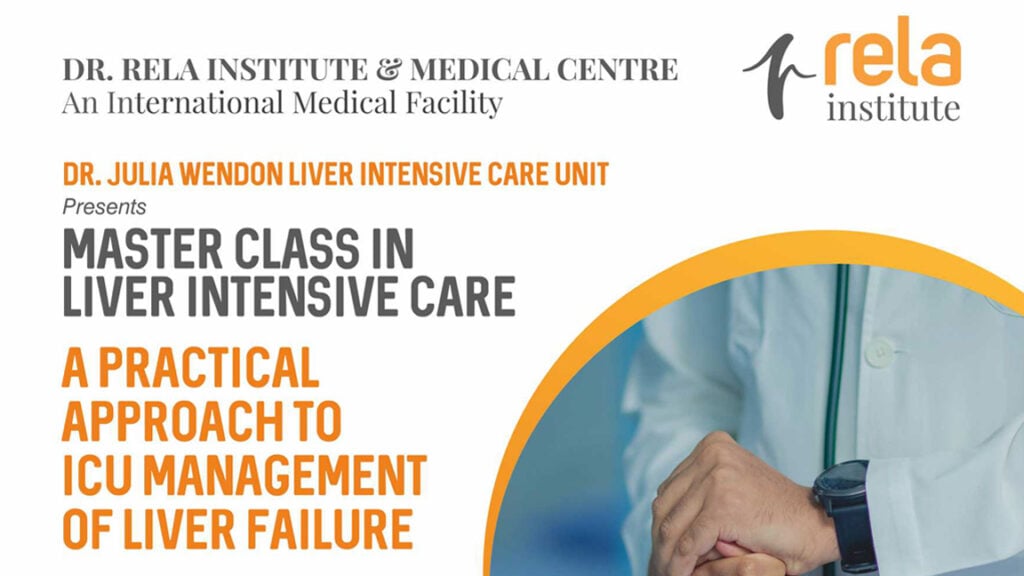Crigler Najjar Syndrome
A rare congenital disease among children, Crigler-Najjar Syndrome is identified by a substance that the liver processes called bilirubin. It cannot be altered to its water-soluble state or conjugated bilirubin.
The unconjugated bilirubin accumulates in the child’s spleen and liver and then enters his circulatory system and builds up in the child’s skin and eyes causing jaundice, brain and nerve damage.
Types of Crigler-Najjar Syndrome
There are two types of Crigler-Najjar Syndrome that children experience. They are:
- Type 1: Here, children suffer a deficiency of glucoronyl transferase, a liver enzyme. It is a very serious and life-threatening form of Crigler-Najjar Syndrome. It starts early in a child’s life.
- Type 2: Children suffering from this type of Crigler-Najjar Syndrome patients have insufficient quantity of this enzyme. However, this type can be managed using phototherapy along with the medication, phenobarbital which brings about sufficient glucuronyl transferase production. Due to this, the child does not need a liver transplant. This disease develops late in a child’s life.
Causes
The liver enzyme glucoronyl transferase converts bilirubin into a form that the body can easily expel. However, Crigler-Najjar syndrome occurs when the body cannot work in this manner. Without the help of this enzyme, the bilirubin content can build up in the body and cause:
- Jaundice
- Nerve, brain and muscle damage
This is a congenital disease, which a child inherits from his parents. Parents who may be carriers of this disease have just half the enzyme activity a normal adult has, but do not display any symptoms.
Symptoms
This condition develops soon after birth. The child is diagnosed with jaundice and he may display the following symptoms:
- Physical exhaustion
- Abdominal pain caused by biliary stones
When the child reaches an acute stage of this disease, there is an increase in the amount of unconjugated bilirubin. This condition is seen as a medical emergency and he may suffer these symptoms:
- Fever
- Diarrhea
- Seizures
- Vomiting
- Confusion
- Difficulty swallowing
- Slurred speech
- Change in manner of walking, frequent falling and staggering
Diagnosis
In the initial stages of this disease, the child will suffer from jaundice, though his spleen and liver will not be enlarged, as revealed by an abdominal exam. In a chronic stage, the child will have an increased heart rate, poor fluid circulation through perfusion, and misalignment of the eyes and muscle spasms.
Lab tests show up raised levels of unconjugated bilirubin levels, low levels of albumin, normal levels of transaminases, among others. The specialist may also ask for an MRI and EEG.
TREATMENT
This condition is basically treated by phototherapy. This method involves blue LED light being shone on the child in an apparatus resembling a tanning bed. This goes on for about 10-12 hours per day. In this method, the blue light breaks down the unconjugated bilirubin into benign compounds. Since the child is exposed to this light for many hours, its skin thickens and the phototherapy routine is increased. This is not advised as it hampers the child’s quality of life.
The child is also given medications, apart from vitamins, creatine, coenzyme Q and L-carnitine. If the unconjugated bilirubin reaches a toxic level, the child is given intravenous fluid.
Another important form of treatment is liver transplantation. By infusing a new liver into the child’s system, unconjugated bilirubin can be converted into the required conjugated bilirubin. By giving the child immunosuppressants, the liver is accepted by the child’s body. By putting a child through liver transplantation, he does not need to go through phototherapy and need not worry about any neurological problems or death due to poisonous unconjugated bilirubin levels.
WHY Rela Hospital
Advantages/Expertise
Paediatric liver transplant hospital India
Treating infants and children is always a very fine job, which is the art of a specialist. At Dr Rela Hospital, Chennai, India, serious and rare conditions like the Crigler Najjar Syndrome are treated with great care and dedication. No wonder, we are known for being the Best paediatric hospital in Chennai for liver treatment.
Put it down to our state-of-the-art infrastructure, our internationally renowned head of the medical centre, Dr Rela, or even the fact that our surgeons have their fingers on the pulse of new and frontline developments in the niche area of liver disease. These and several other contributory reasons combine to make this institute the finest ever in India.
We have some of the best Paediatric liver transplant surgeons in our midst whose excellence and commitment to their profession gives them success in treating liver disease every time. That’s what makes the Rela Institute the most sought after in critical moments.
There are times when the surgeon’s experience recommends a liver transplant. At such critical times, the entire procedure of Paediatric liver transplantation in Chennai, India, is handled by our surgeons with great sensitivity.


